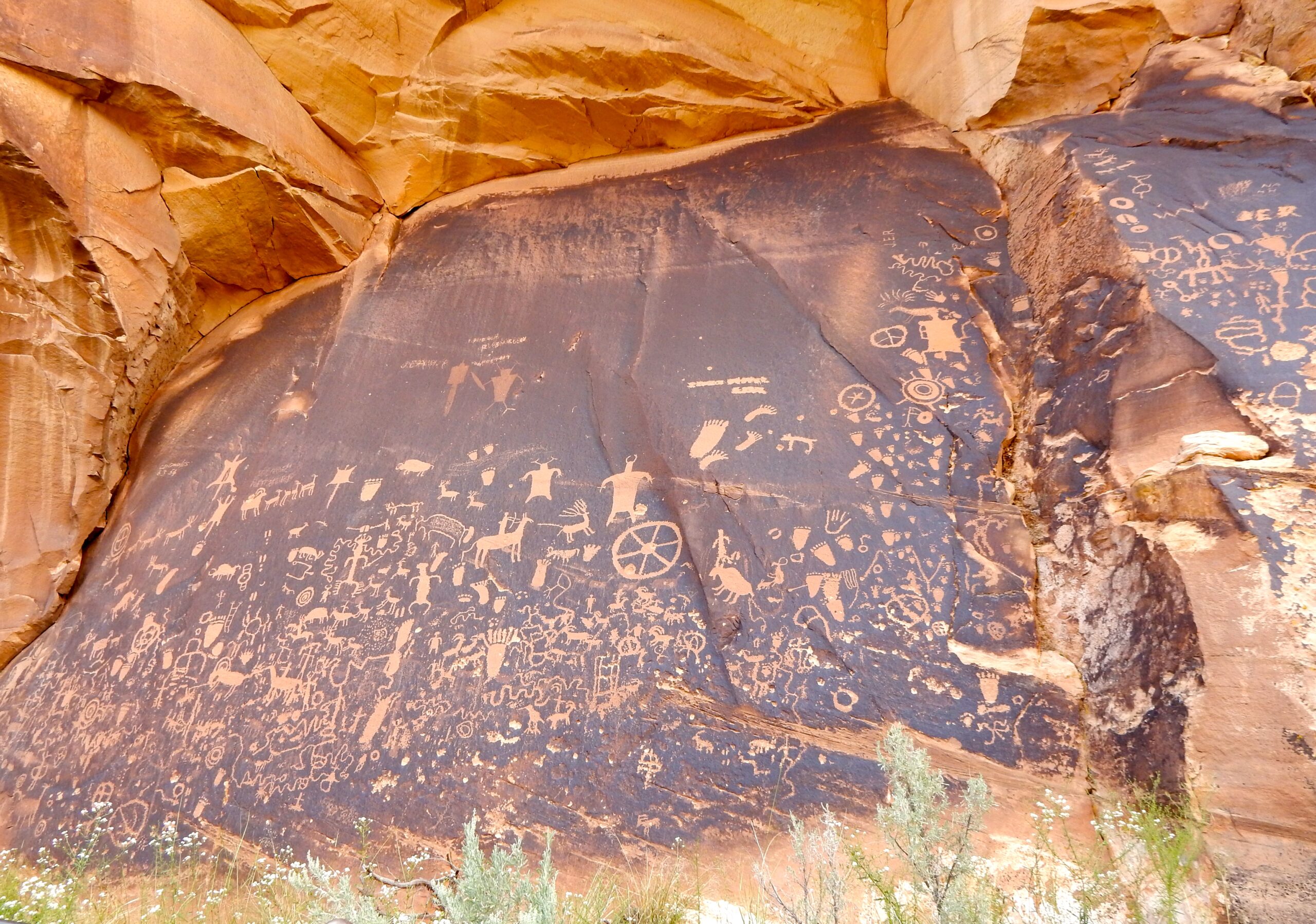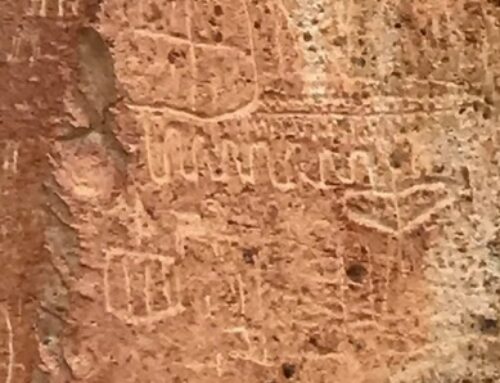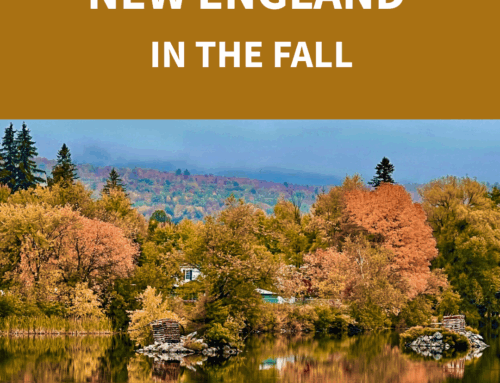Tucked along the Indian Creek Scenic Byway in southeastern Utah is a sandstone cliff etched with hundreds of mysterious symbols, animals, and human figures. Known today as Newspaper Rock, it’s more than just a historical landmark to me—it’s a place deeply woven into the fabric of my childhood.
Growing Up with Newspaper Rock
When I was a little girl, my father was the fourth District Ranger of the Abajo Mountains, just west of Monticello, Utah. At the time, one-quarter of what is now Canyonlands National Park was part of his ranger district. He spent his days caring for the land, overseeing cattle permits, and protecting the wilderness.
Sometimes, on his way down to the Dugout Ranch, he’d bring my brother Jared and me along for the ride. Our route would take us right past Newspaper Rock.
Back then, there were no fences or warning signs—just a quiet slab of desert varnish covered in petroglyphs. My father would pull over, and Jared and I would hop out, running through the sand and playing at the base of the rock. We knew it was special, but not how special. Now, I understand what a rare gift it was to have those moments.
Over the years, I’ve returned many times. Each visit brings back early memories—laughing with my brother, feeling the warmth of the red rock, and watching my father gaze over the landscape he loved so deeply. Today, Newspaper Rock is protected by a low fence, allowing visitors to admire it while preserving its integrity.
What Is Newspaper Rock?
Newspaper Rock State Historic Monument is home to one of the most significant and accessible collections of petroglyphs in the United States. This remarkable panel features hundreds of images pecked into the rock surface, some dating back nearly 2,000 years.
The carvings were created by various Indigenous cultures, including the Ancestral Puebloans, Fremont, Ute, and Navajo peoples.
The meanings of these symbols remain partly a mystery. You’ll find depictions of bighorn sheep, hunters, handprints, spirals, wheels, and human-like figures—some realistic, others abstract. Scholars believe the rock may have been a message board, a spiritual gathering place, a historical record, or a way to mark territory.
The surface’s dark sheen—desert varnish—formed over centuries from mineral deposits. Ancient artisans chipped away this top layer to reveal the lighter sandstone beneath, creating the high-contrast images still visible today.
Visiting Newspaper Rock
Located along Utah Highway 211, the road leading to the Needles District of Canyonlands National Park, Newspaper Rock is easy to find. A short pull-off provides paved parking, and there’s even a small picnic area for travelers.
Tips for your visit:
-
Visit in the morning or late afternoon for the best light and visibility.
-
Do not touch the rock—oils from human hands can cause damage.
-
Bring water and a camera—this is a stop worth remembering.
To most people, Newspaper Rock is an archaeological wonder. To me, it’s also a personal touchstone—connecting me to my childhood, my father’s legacy as a ranger, and the ancient peoples who carved their lives into stone.
Every time I visit, I feel the same mixture of awe, gratitude, and connection: the joy of a little girl, the wisdom of a father’s teachings, and the enduring presence of those who came long before us.








